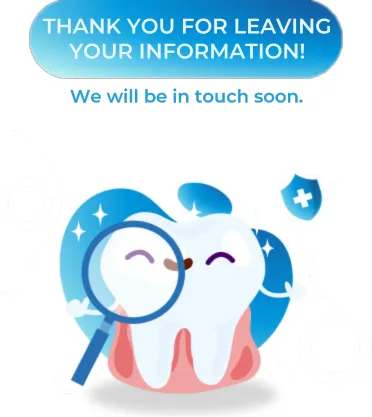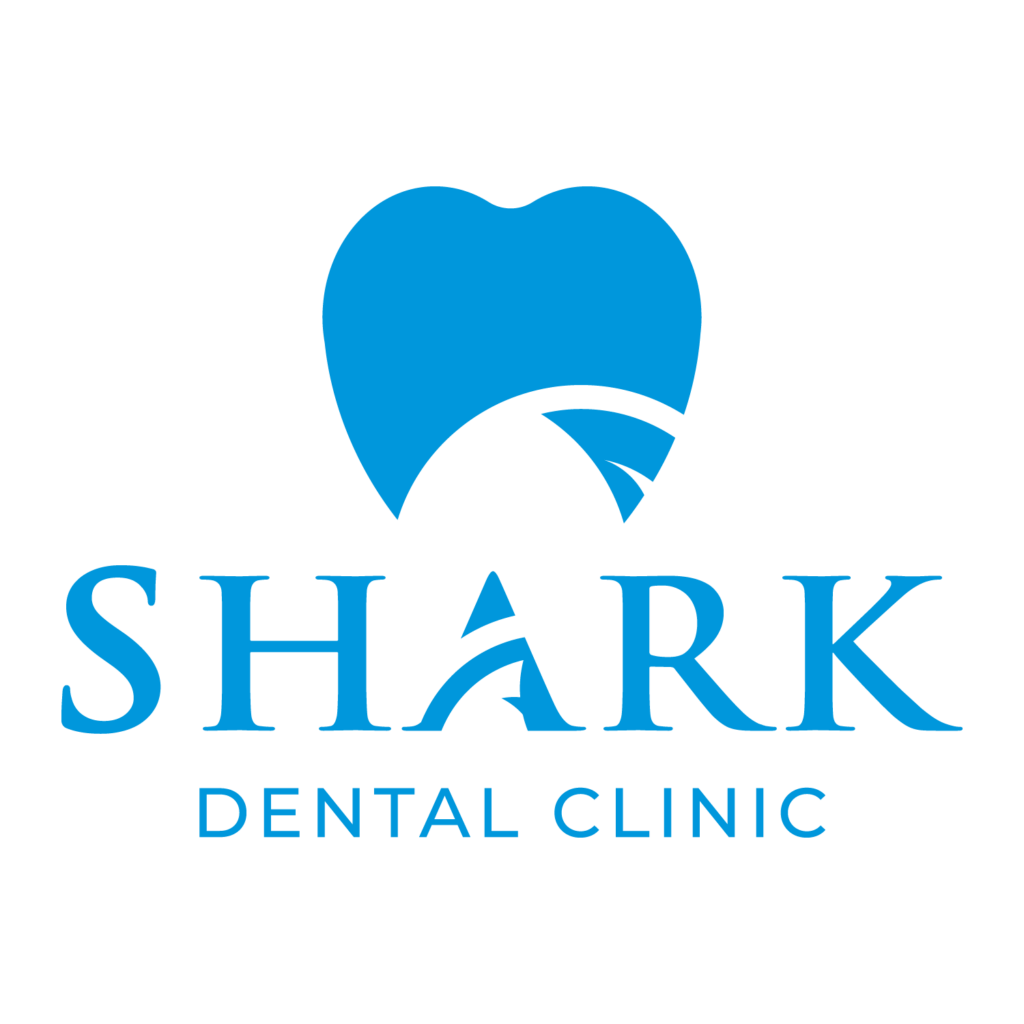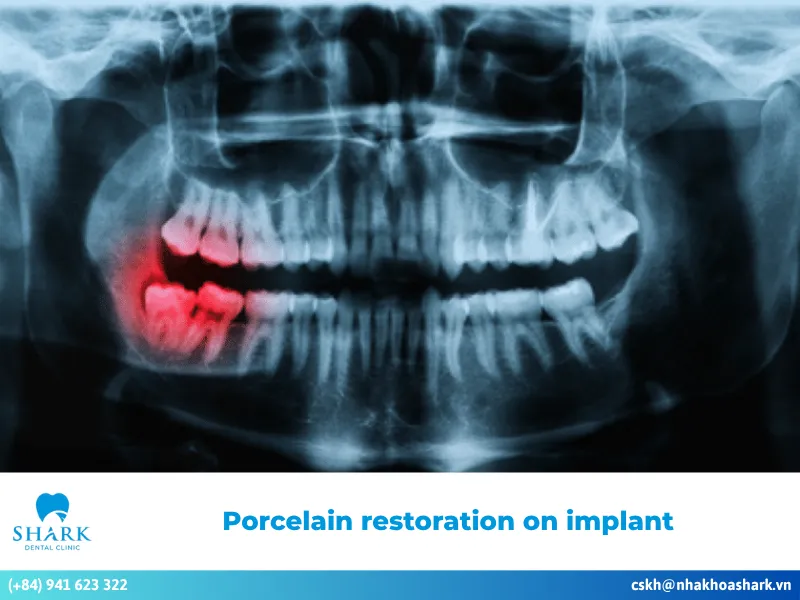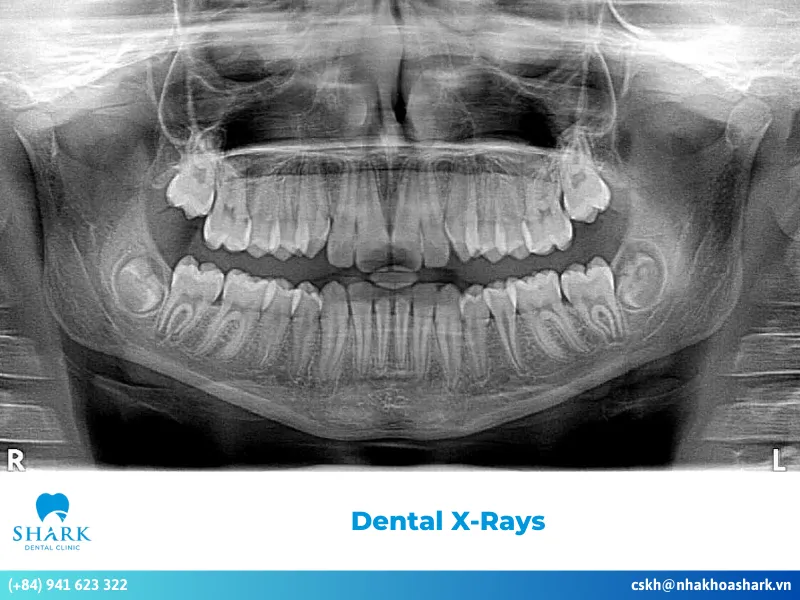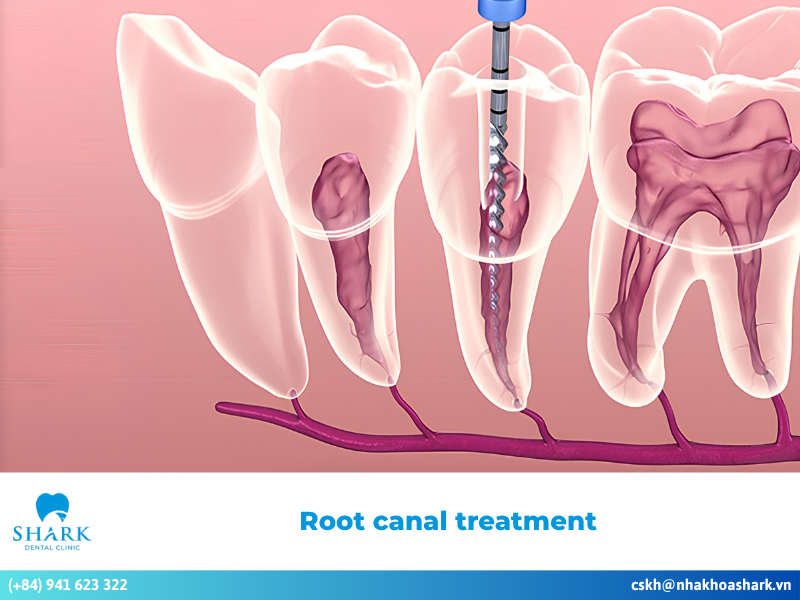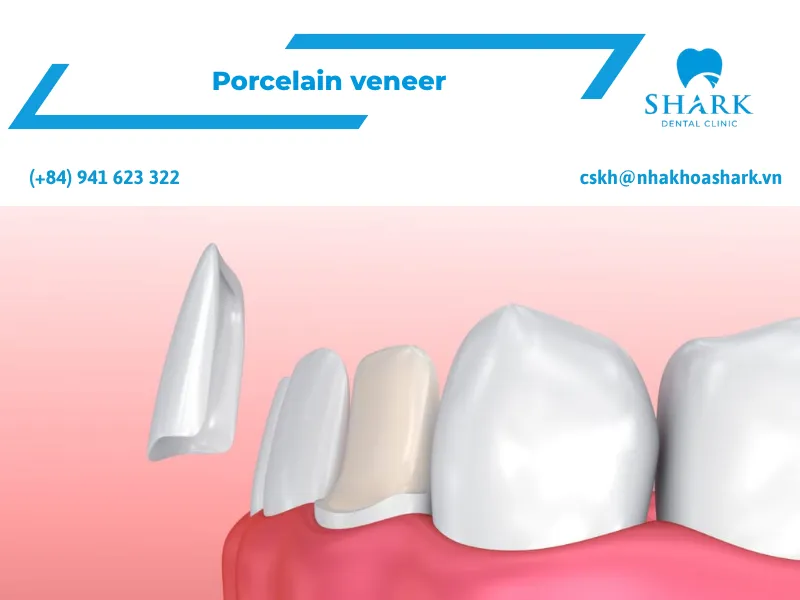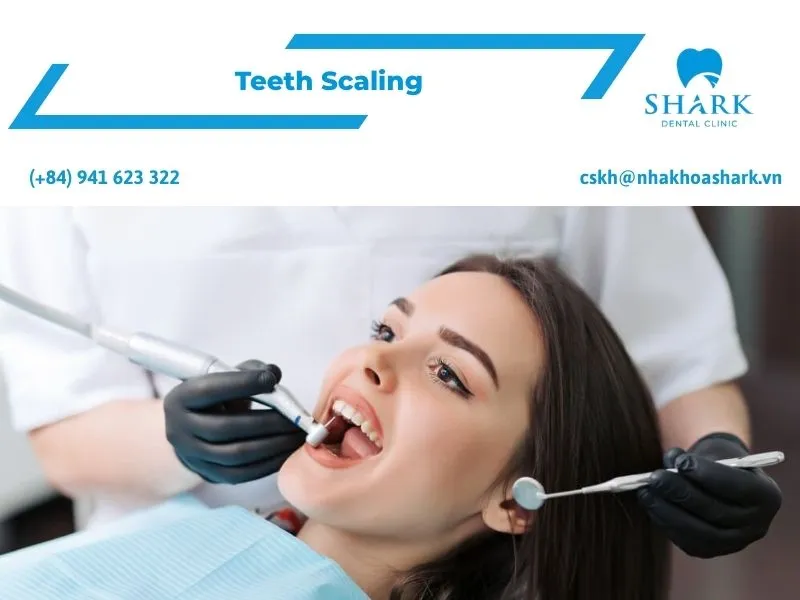When a tooth is severely affected by dental conditions, a specialist may recommend extraction as a way to prevent negative effects on adjacent teeth. What is tooth extraction? Where should you go for a safe and professional extraction? Find the key information in this article!
What is tooth extraction?
Tooth extraction is a dental procedure in which a dentist uses specialized instruments to remove a natural tooth that has been damaged by disease, trauma, or other conditions that cannot be treated with conventional methods. It is considered a minor surgical procedure and is typically performed under local anesthesia. The entire process is quick, safe, and designed to minimize complications and side effects.
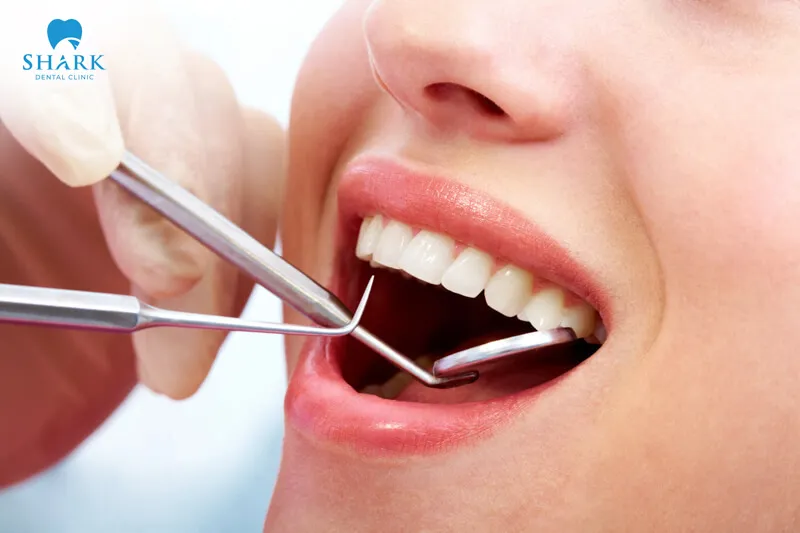
Benefits and risks of tooth extraction
Tooth extraction may be necessary in cases of severe toothache, infection, or significant damage. While there are benefits to the procedure, patients should also be aware of potential risks.
Benefits
- Eliminates Infection: Tooth extraction removes signs of infection such as decay, gum disease, or periodontitis. This helps prevent complications and safeguards overall oral health.
- Prevents Future Complications: Extracting decayed, impacted, or misaligned teeth can alleviate crowding, relieve pressure, and reduce the risk of damage to neighboring teeth.
- Improves Oral Health: By removing the affected tooth, the risk of the infection spreading to surrounding teeth is eliminated, preserving the health of your entire dental arch.
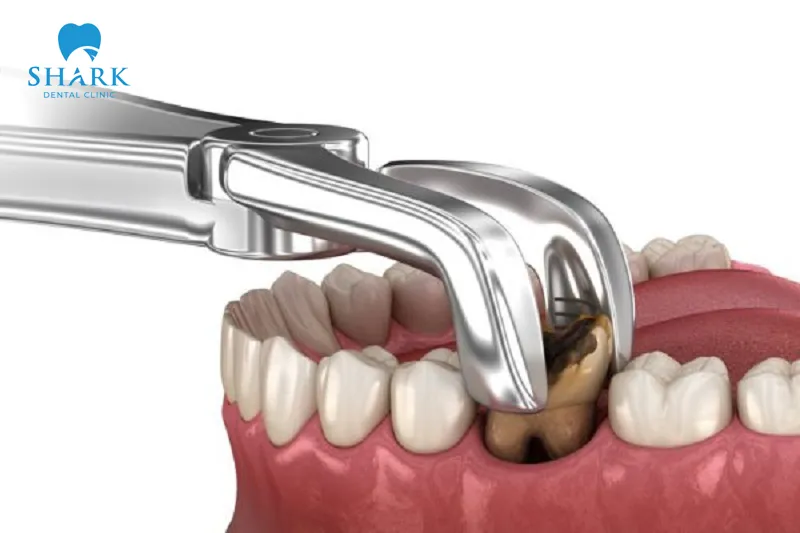
Risks
Alongside its benefits, tooth extraction comes with certain risks and limitations that patients should carefully consider:
- Pain and Discomfort: Even with local anesthesia, some pain and discomfort can occur after the procedure.
- Infection: If the extraction is not performed under sterile conditions or lacks precision, there is a risk of post-extraction infection, which can affect overall health.
- Jawbone Necrosis: A potential complication where the jawbone fails to heal properly, leading to bone exposure and cell death.
- Damage to Adjacent Teeth: If not performed skillfully, the extraction might unintentionally affect neighboring teeth, causing irritation or structural issues.
What is the Procedure for a tooth extraction?
Tooth extraction is a straightforward dental procedure. The typical process includes the following steps:
Step 1: Examination and consultation
The dentist will examine your oral condition, take dental X-rays, and assess your overall dental health. After this evaluation, they will provide a consultation tailored to your needs.
Step 2: Oral hygiene preparation
Before extraction, the dentist will thoroughly clean the area. A fluoride-based mouth rinse is used to remove bacteria and plaque to reduce the risk of infection.
Step 3: Anesthesia
To ensure a safe and painless experience, the dentist will apply local anesthesia to keep you comfortable during the procedure.

Step 4: Tooth extraction
Using sterilized specialized instruments, the dentist will remove the tooth. After extraction, the site will be sutured, and bleeding will be controlled to minimize post-operative inflammation and infection risk.
Step 5: Aftercare instructions and follow-up
The dentist will provide dietary guidance and aftercare instructions to promote proper healing. If you experience any unusual symptoms during recovery, you should return for a follow-up examination.
How much does a tooth extraction cost?
In Vietnam, the cost of tooth extraction typically ranges from $5 to $50, depending on the tooth’s position, your overall oral condition, and the dentist’s expertise. Reputable dental clinics may charge higher fees than general or lower-cost facilities. It’s crucial to choose a reputable provider for the procedure to ensure safe and effective results.
How long does it take for tooth extraction to heal?
After a tooth extraction, recovery times can vary significantly. Some patients may heal within just 2–3 days, while others might take 1–2 weeks for the wound to fully close and for daily activities to return to normal. The healing process depends on individual health conditions, oral care habits, and the location of the extracted tooth.
Typically, the healing process progresses as follows:
- First 24 Hours: After the anesthesia wears off, you may experience mild swelling, soreness, or sensitivity. Your dentist will provide pain relief medication to keep you comfortable during this time.
- 2–3 Days Post-Extraction: Swelling in the mouth and cheeks should begin to decrease, and bleeding from the extraction site usually stops.
- 1–2 Weeks Later: Gum tissues are nearly healed, and the socket stabilizes. Most patients can resume normal eating and daily activities with minimal discomfort.
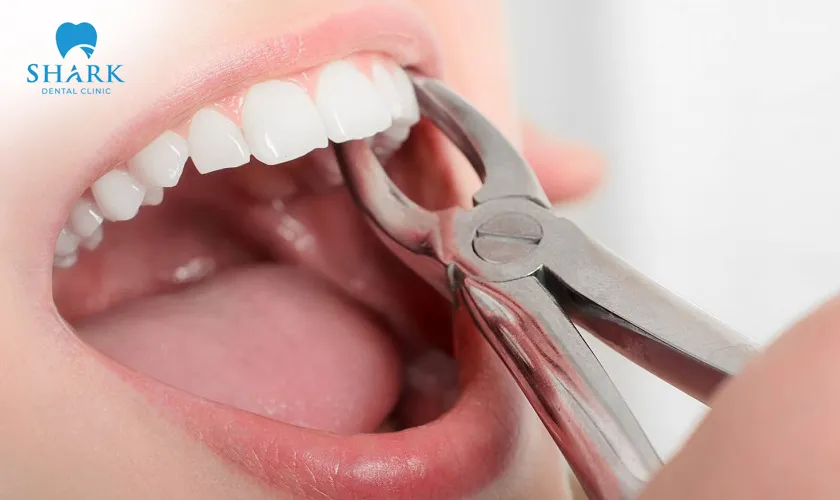
Notes before and after the procedure
To ensure a safe extraction and a quick recovery, it’s crucial to follow these guidelines before and after your procedure.
Before the procedure
- Eat a full meal and maintain thorough oral hygiene to minimize the risk of infection.
- Undergo a complete oral health check-up. Any acute dental issues, such as infections around the tooth root, must be addressed prior to extraction.
- Tooth extraction will only proceed if your blood pressure and overall health meet the dentist’s safety criteria.
- Inform your dentist if you are taking anticoagulant (blood-thinning) medications. These should be discontinued at least three days before the procedure to reduce the risk of bleeding or infection.
- Pregnant women are advised to avoid extractions, particularly during the first and last trimesters.
- Patients with systemic conditions, such as diabetes or neurological disorders, should only proceed with extraction after a detailed evaluation and guidance from their dentist or physician.
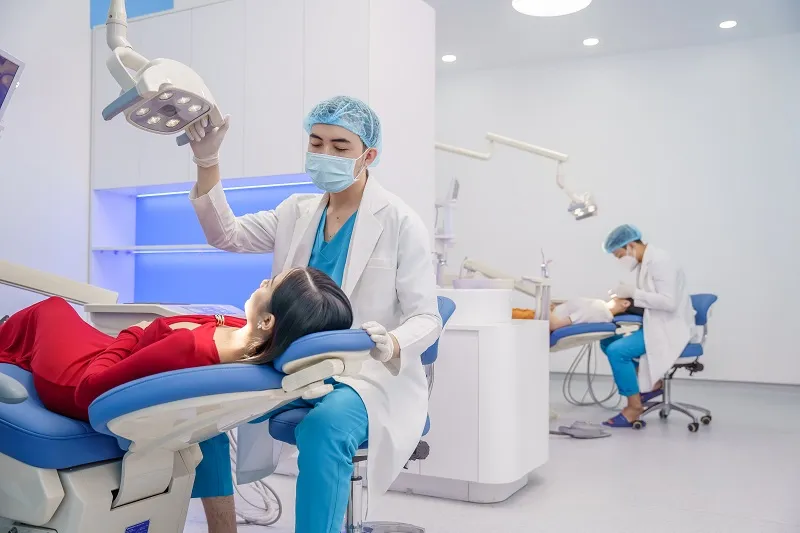
After the procedure
- Bite down on a sterile gauze pad for approximately 30 minutes to help stop any bleeding and prevent infection.
- Avoid vigorous rinsing or spitting, especially around the extraction site.
- Refrain from eating or drinking for at least 3 hours post-extraction to allow the wound to stabilize.
- Rest adequately, take care of your health, and closely follow your dentist’s aftercare instructions.
- Avoid chewing on the side of the mouth where the tooth was extracted for at least the first 2–3 days. Stick to soft, liquid foods and avoid anything hard or crunchy.
- If you experience prolonged bleeding, pain, or swelling, consult your dentist immediately for follow-up care.
Safe tooth extraction in Vietnam
Although tooth extraction is considered a minor surgical procedure, it is essential to have it performed at reputable clinics equipped with advanced technology and experienced professionals. This ensures safety and minimizes the risk of complications or infections.
In Vietnam, many patients choose Shark Dental Clinic for their tooth extraction needs. Shark Dental follows a standardized, high-quality extraction protocol.
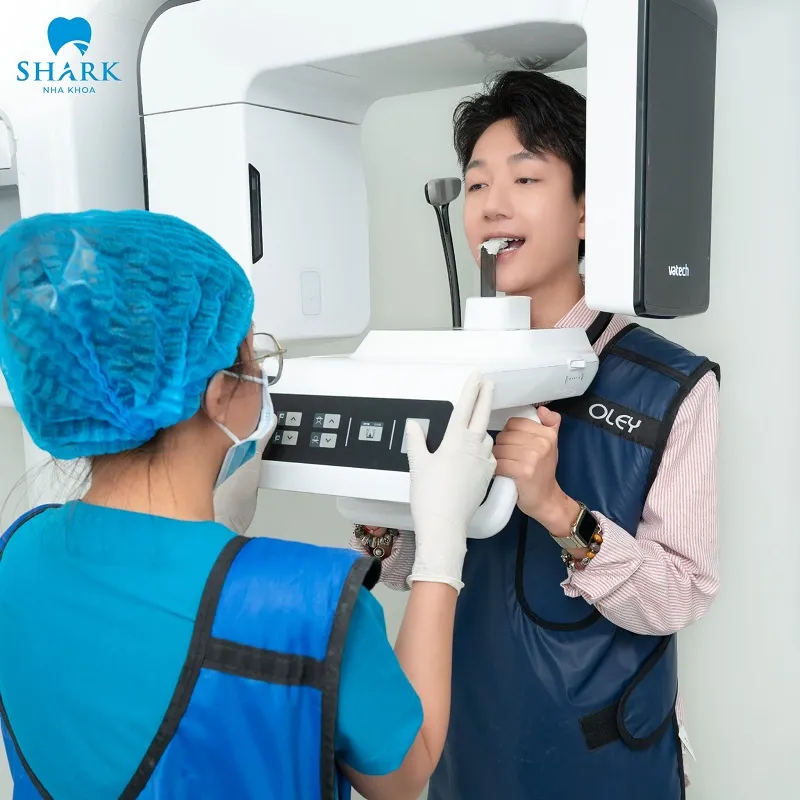
The dentists at Shark Dental have extensive experience and professional expertise. Each patient is thoroughly examined to determine the best extraction plan tailored to their specific condition.
Shark Dental guarantees a pain-minimized, complication-free extraction process. After treatment, patients typically recover quickly without any negative impact on their health. Additionally, the clinic offers excellent customer benefits and attractive promotions, making safe extractions accessible at reasonable prices.
Shark Dental not only meets strict safety standards but also ensures minimal irritation, promoting rapid recovery of the surrounding tooth structure. If you need a safe and professional tooth extraction, don’t hesitate to contact Shark Dental’s hotline for personalized consultation and timely support.

